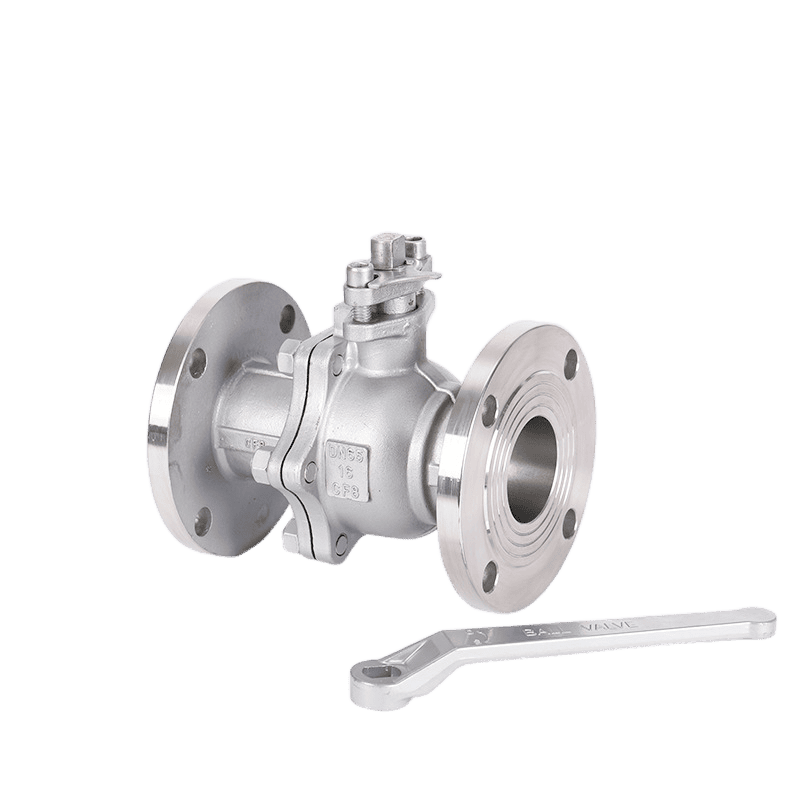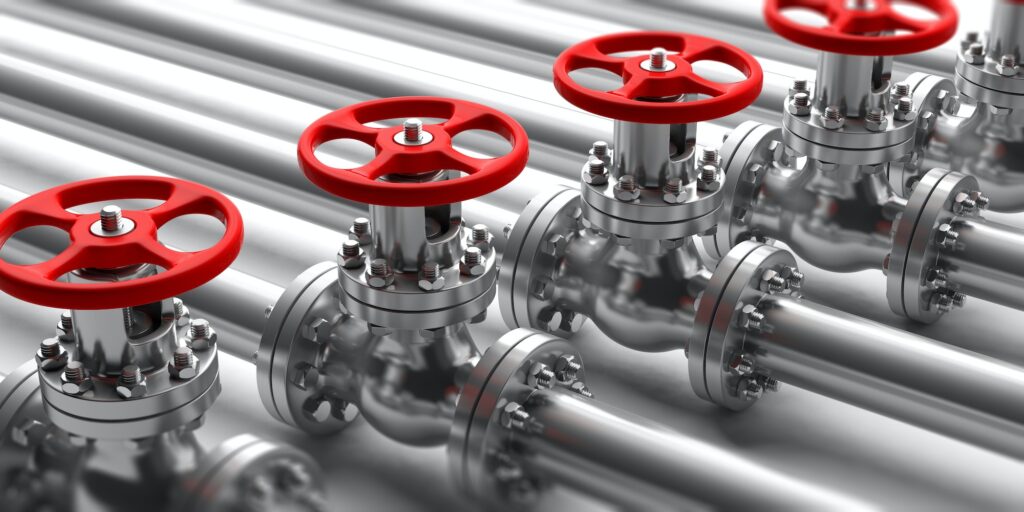Introduction of Flanged Ball Valve
Flange Ball Valve is a pipeline system. It cuts and distributes the direction of the media flowing in the pipeline. A 90-degree rotation with moderate torque is enough to close the valve in operation. Metals like copper make flanged ball valves solid and durable. Flange valves have various applications due to their designs and materials. It is one of the few ball valves that ANSI values at the end and face.
Bray International, Inc.
Drive Mechanism of The Flange Ball Valve:
When used within a limited distance and according to design requirements, it has a long life. Leaving a flange ball valve messed up may damage the valve and shorten the seat’s life. Anything that can do polymerizing should not stay in the ball hole. This will reduce valve efficiency and life expectancy. The quarter movement of the flange ball valve occurs with the help of various tools. These tools follow.
Electric Actuator Flanged Ball Valve:
It produces a multi-turn output and always fits the gear unit or valve. The actuator rotates the shaft by providing power to the gear assembly. A declutching discharge system mounted on activated electric valves to provide manual operation. Actuator configuration is usually performed on the plant. It is not recommended to replace or reposition them in the workplace.
Hydraulic Actuators Flanged ball Valve:
Pneumatic/hydraulic actuators are usually fitted to the valve without a gear change. It is always recommended to follow the requirements of the manual actuator.
Gear units Flanged ball Valve:

Valve gears make it easy to operate. The valve is usually closed around the clock. We opened it with a rotating clock. The position of the valve is always indicated by the location indicator next to the gear panel.
Flange Ball Valve Installation:
The two flange ball valve closing points must be parallel. At the same time, the front and rear pipes should be coaxial. The weight of the ball valve holding the FlangeFlange should resist or support the line. Clean the pipes before and after installing the valve to cut any remaining oil or other contaminants. Check the condition of the flange ball valve and make sure it is working. You can verify its operation by opening and closing the valve many times. Remove the parts that protect the flange valve on both ends of the connecting flanges. Remove and clean any possible dirt from the valve. Small external particles can damage the locking surface. As needed, insert the flange ball valve into the pipe. The flange ball valve is suitable anywhere at the end of the river.
A flange valve with a handle holding the handle is accessible near the pipe. Install the flange wall with a gearbox or pneumatic driver standing. While in the horizontal pipe, the drive device is raised above the pipe. Place the gasket between the FlangeFlange and the tube. Then, follow the details of the pipe design. Tighten the bolts to the FlangeFlange consistently and consecutively. In the event of a flange-driven ball valve, connect the pneumatic pipe to the end.

How to use a flange ball valve:
The pressure release at the top of the river causes the flange valve to intersect. Do not leave non-metallic parts on a long-lasting cleaning agent. After washing, it is necessary to remove the cleaning agent. Must tighten the bolt on the Flange valve with symmetry during installation. The cleaning agent uses a flange ball valve. It must be accompanied by rubber and workplace. When using gasoline as a metal cleaning agent when working with oil gas. Use clean water or alcohol to clean non-metallic parts. Wash all aspects of the flange ball valve by immersing it in cleaning solutions even if the parts have deteriorated. Remove any oil, dirt, glue, dust, or other debris stuck to the wall during cleaning. Take extra care in removing and reassembling the flange ball. The aim is to avoid damage to other parts of the lock. Use special tools to remove the O-ring. Remove cleaning chemicals and dust from parts with a silk towel before installation. If the parts are immersed in cleaning the solutions for a long time, they will rust. It is necessary to clean the parts before assembling them and, using oil, grease the parts. Use metal fittings and working media for flange ball valve. If the working material is gas, use special oils. Use a thin coating of oil on the surface of the inserted duct of the seal joint, which is a rubber seal joint. Fibers, dust, and other external contaminants should not stick to the surface of the components.
Applications of flanged ball valve:

The term “flanged ball valve” refers to a ball valve with open ends. It is an entry valve at the end. This is usually used to shut down power circuits. A flanged-type ball valve usually opens and closes the flow of active fluid. These closures and openings provide a solid leak closure. It is not suitable for control and throttling purposes in general. Flange valves are helpful in a variety of fluid and gas applications. Natural gas, propane-butane, and biogas are gases carried by flanged ball valves. These ball valves can also control the flow of air and stainless steel. A few industrial applications are power supply, power plants, and power stations.
A flanged ball valve is an essential part of the flow process. Leakage and rust can occur if the ball valve fails to secure the final closure. Rust in the flow system can damage tools and the environment. Reliable flanged ball valves create random adjustments and increase operating costs. As a result, high-flanged ball valves are durable and dependable. A high-quality flanged ball valve handles heat and pressure generated by the flow of the service liquid. Various flanged ball valves operate on any piping system in installation. Once fitted, the top ball valve devices on the market need minor changes.